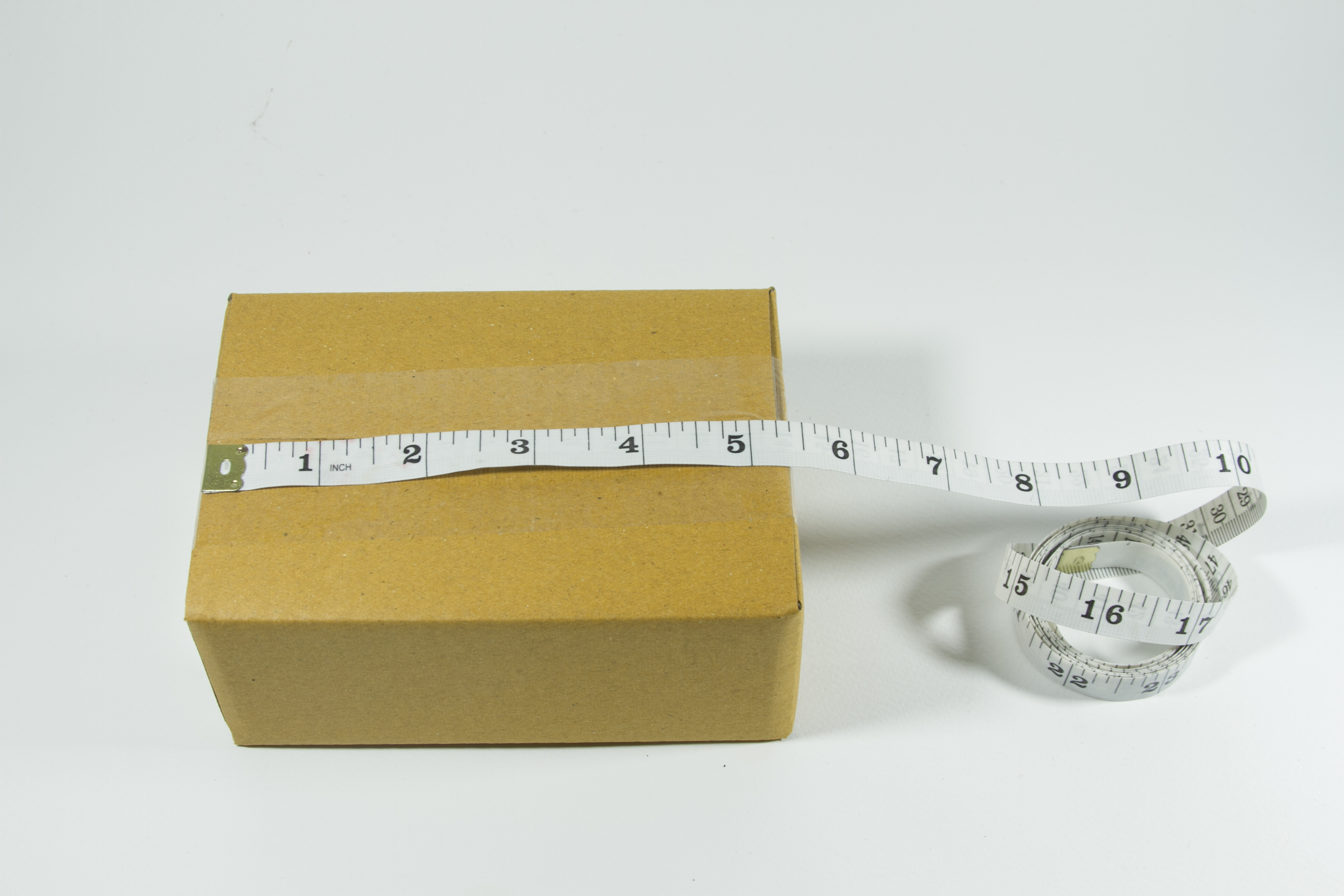 Flat rate services offered by the post office and other commercial couriers make shipping small packages easy and economical because there is no calculating needed as long as items fit in in designated flat rate boxes and do not exceed a certain weight. Unfortunately, we cannot take advantage of these hassle-free options if we are sending out over-sized, irregularly-shaped or heavy items.
Flat rate services offered by the post office and other commercial couriers make shipping small packages easy and economical because there is no calculating needed as long as items fit in in designated flat rate boxes and do not exceed a certain weight. Unfortunately, we cannot take advantage of these hassle-free options if we are sending out over-sized, irregularly-shaped or heavy items.
For such packages, couriers usually charge based on the package’s dimensional weight (also referred to as DIM Weight) or the actual weight. Whichever number is greater will be considered the Billable Weight or the weight which will be used for calculating shipping rates.
As the name implies, Actual Weight is the actual weight of the package as measured using a standard weighing scale, usually rounded up to the next whole pound. Dimensional Weight, on the other hand, determines a package’s density by measuring its length, width, and height, which is then divided by an applicable dimensional factor.
Pricing based on Dimensional Weight allows couriers to charge light but large packages according to space they occupy in delivery trucks. Space is important for shipping companies since they want to keep costs low by filling their delivery trucks with as many packages as possible.
To calculate a package’s Billable Weight, simply follow these steps:
- Determine the package’s Actual Weight by simply using any standard weighing scale and rounding off any fraction to the next whole pound.
- Calculate the Dimensional Weight of the package by multiplying the length (L) by width (W) by height (H). Round each measurement to the nearest whole inch. The resulting total is the cubic size of your package.
L x W x H = Cubic Size
- Divide the cubic size of the package in inches by the DIM Divisor, a set number determined by certain carriers (see table below). Increase any fraction to the next whole pound.
Cubic Size / DIM Divisor = Dimensional Weight
| DIM DIVISOR | ||
| CARRIER | DOMESTIC | INTERNATIONAL |
| USPS | 194 | 166 |
| FedEx | 166 | 139 |
| UPS | 166 | 139 |
- To determine the billable weight, compare the package’s actual weight to its dimensional weight. The larger of the two weights is the billable weight and should be used to determine the shipping rate. Most shipping companies have online shipping calculators. Simply enter the billable weight, destination address and other information to get an estimated shipping cost.
